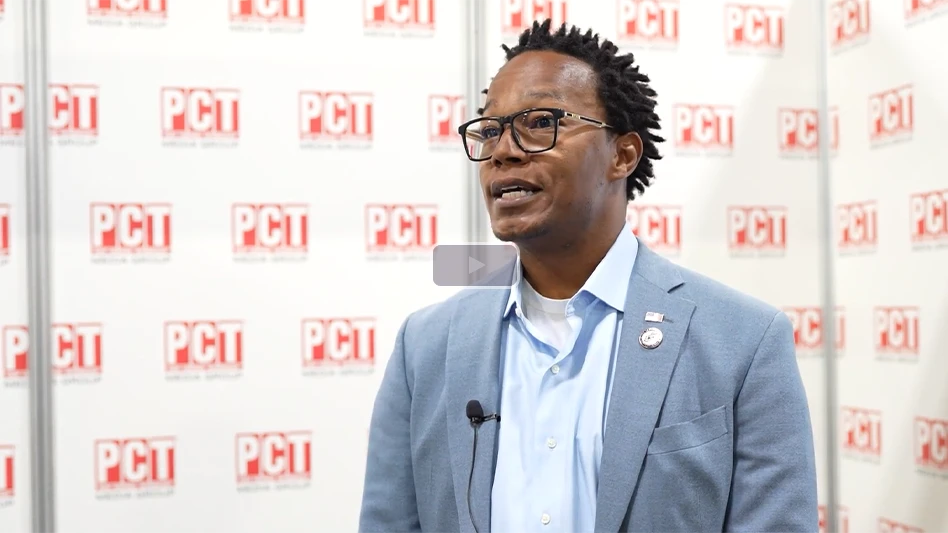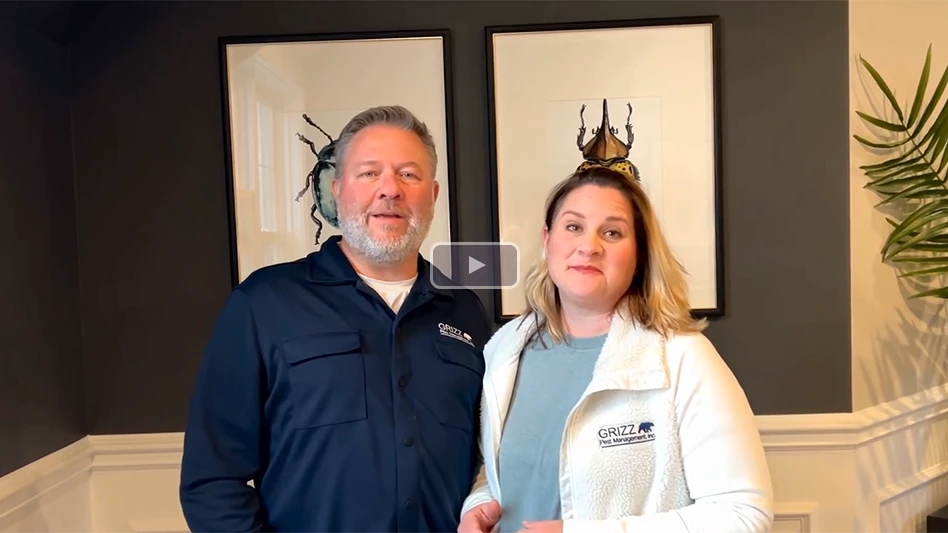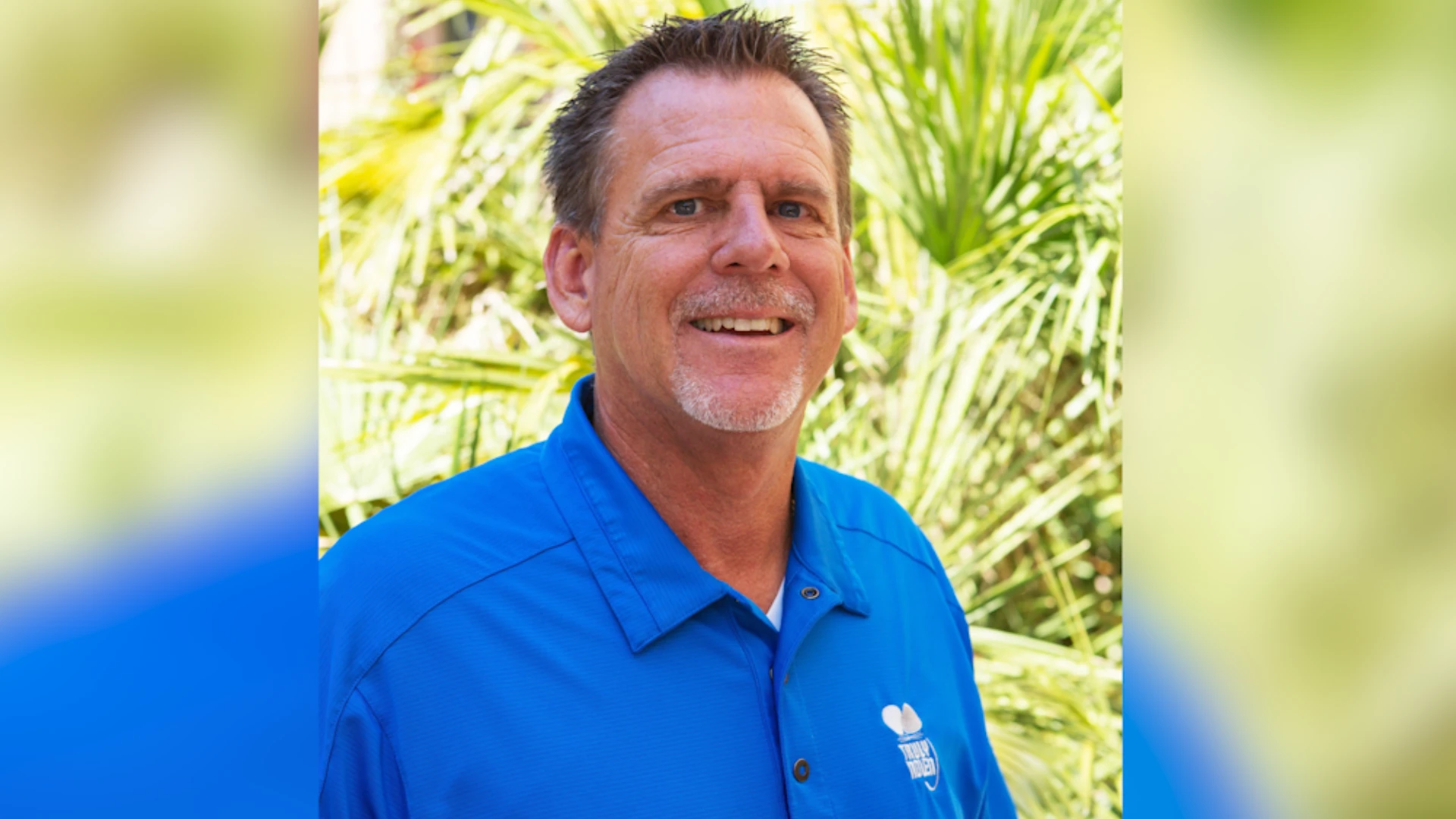Green: It’s ambiguous, ubiquitous and hotter than ever, even when consumers are pinching every penny.
According to the State of Green Business 2010 report by Greener World Media, green business activity not only survived the recession, it thrived. The report cited a study by Opinion Research Corp. that found four of five people still bought green products and services in the midst of the downturn.
Green, however, means many things to many people, which makes marketing green services a trickier proposition than you might think. It’s "far more perplexing than most marketers bargained for, requiring more complex and nuanced messages and value propositions," said Greener World Media Executive Editor Joel Makower.
Walking the Talk. The first hurdle: making sure you have an honest-to-goodness green service. Being accused of "greenwashing" — when a company spins its product or service as being green when it’s not — can be a marketing kiss of death.
"People lie," said Bud Brewer, vice chairman at Orlando-based Massey Communications, which works with Massey Services. They "set expectations that they can never achieve."
Environmental Health Services in Norwood, Mass., is careful not to "oversell" its green offering, said General Manager George Williams. The company has focused on managing pests through Integrated Pest Management practices since 1986. "If you’re smart about selling green services, you’re selling IPM," said Williams.
*****
Your Thoughts on Green
PCT took readers’ collective "green" pulse in May 2008 and April 2010. Here’s what we learned: Seventeen percent more of you offer "green" pest management services and eight percent more are actively marketing these services in 2010 compared to 2008.
In 2010, more of you consider mechanical devices (+13%), EPA-exempt products (+12%) and Integrated Pest Management (+ 12%) as being green services. An increasing number of you also said green products are compatible with IPM programs (+9%), with low active ingredient content (+8%), low impact on human health (+8%) and low use rates (+8%).
Here are some results of the PCT online surveys:
*****
In mid-1990, Massey Services changed its service protocol to focus on pest prevention, said Brewer. "It was an enormous departure" from the practices of the day, which often involved "indiscriminate application of pesticides in and around the home whether it was needed or not."
Since then, Massey Services has been recognized twice by the Environmental Protection Agency’s Pesticide and Environmental Stewardship Program, as well as by local organizations.
When the National Pest Management Association developed its GreenPro certification and a "credible, concrete process for conducting a green approach to pest management," Mark O’Hara, president of Anderson Pest Solutions in Elmhurst, Ill., decided it was time to make a change.
The company, which had eliminated the spraying of pesticides indoors for residential accounts years ago, became GreenPro certified last November. It also renamed its primary services Natural Choice Home and Natural Choice Commercial, which aim to "reduce and eliminate the use of pesticides if possible through eliminating conducive conditions," explained O’Hara.
Clark Pest Control in Lodi, Calif., — "ground zero" for the green movement, said Operations Manager Robert Baker — unveiled its S.M.A.R.T. philosophy and service program about six months ago. Standing for Sustainable Methods and Responsible Treatments, S.M.A.R.T. is a less-toxic, inspection-based service with products that are "generally regarded as safe," according to the company website.
The program’s had a "huge impact on our protocols" and product selection, and reinforces the company’s commitment to keeping pesticides out of stream and storm water, said Baker. The company won the California Department of Pesticide Regulations 2009 IPM Innovator Award for its efforts to find a replacement for pyrethroid pesticides for residential pest control.
S.M.A.R.T. was marketed internally for a year and quietly field tested before being unveiled to customers. It was important to make the program part of the company culture and know it was something "we could live up to" before promising it to customers, said Marketing Manager Nicole Kirwan Keefe.
"With every political pronouncement and product pitch, the green movement is getting too close to the edge of cliché and public skepticism," said Environmental Health Services Operations Vice President Sabrina Key. "We know we have to walk a fine line and offer a truly viable and tangible green service when the customer demands it."
Pinpoint Your Message. An October 2007 Harris Poll commissioned by NPMA found 61 percent of those who use a pest professional for their home say they seek out solutions they perceive to be, or are advertised as, green. More women — 69 percent — than men are likely to say they seek out green pest solutions.
Yet the concept still is a reach for many consumers, said Keefe. In focus groups, she found "people are skeptical." One participant called green pest management an oxymoron. Another identified green pest management as "an anteater." Consumers aren’t equally green in all areas of their lives. "They apply it to their Prius but they don’t apply it to their pest control," she said.
So why not market IPM, something professionals have been doing for years? It means nothing to most consumers, said Baker. IPM on its own has "zero marketing value."
The key is to define your green. The words "sustainable" and "responsible" in Clark Pest Control’s S.M.A.R.T. program are "clear cut" and convey what Clark is trying to achieve, said Keefe. Service tickets, press releases, door hangers and brochures explain how the service is different and why customers should feel good about working with Clark, she said.
Anderson Pest Solutions’ new tag-line, The Natural Choice, is a double entendre that implies both a green service approach and that they’re the best company for the job. A newly designed logo, website, residential and commercial collateral pieces, and decaled trucks send home the message.
Environmental Health Services uses the tagline, "It’s Your World, Protect It!" This implies consumers have an environmental obligation and that effective pest management is a partnership. "We truly are protectors of public health and the environment and this is the best message we can deliver," Williams said. Added President John Stellberger, "EHS was green when green was just a color!"
Tactics like search-engine and social media optimization, viral video, pay-per-click advertising and e-mail "help reinforce our identity and brand," said Williams. "So do our field specialists and office staff — they are our greatest resource for educating customers."
Massey Services’ "straightforward" message of prevention has "resonated" with consumers, said Brewer. "It’s not ambiguous and it’s not something we can’t deliver." It works: Massey has grown in each of its 25 years, with double-digit growth in 18 of them. Upscale single-family homeowners, mainly women, are targeted through broadcast and cable TV, radio, direct marketing and community engagement. The emphasis is on value, effectiveness and efficiency, said Brewer.
Consumers are more willing to go green when the benefits are personal and planetary, said Makower. They want products that "aren’t just greener, but better," such as less expensive, more features or better performance, more convenient, less wasteful, healthier for their families, or simply cool, he said.
They want to know green service is "going to deliver results," agreed Keefe.
*****
GreenPro: One Year Later
It’s been a busy year for the NPMA GreenPro credentialing program. Not only will it have certified 100 companies by mid-summer, but it’s gained valuable "street credibility," said NPMA Senior Vice President Bob Rosenberg.
In December, the EPA presented NPMA with its National Pesticide Program Partners Award for GreenPro at the first-ever Honor Awards Ceremony.
GreenPro companies now are automatically qualified to become gold-level EPA Environmental Stewardship Partners, which gives them limited use of the EPA name and lets them make certain marketing claims they otherwise couldn’t, said Rosenberg.
It’s got some bottom-line benefits, too.
Credentials like GreenPro are required to bid in the Department of Housing and Urban Development’s Mark-to-Market program, which makes Integrated Pest Management available to affordable housing, said QualityPro Executive Director Andrew Architect.
Others requiring certification include the state of Delaware, Canadian Department of Defense and the U.S. Green Building Council’s LEED program.
A member in Virginia Beach got GreenPro standards adopted at the Department of Energy. This gave that member a "distinct marketing advantage" and access to business other companies cannot compete for, said Architect.
GreenPro is a voluntary program and members don’t have to provide GreenPro service for every account. Rosenberg estimates five to 10 percent of member accounts get GreenPro service. Commercial accounts have been faster to adopt the service than residential ones.
The GreenPro advisory committee consists of five PMPs and four industry outsiders — including the EPA and Natural Resources Defense Council. The industry’s commitment, Rosenberg said, has tempered outsiders’ skepticism. "I think they’re fairly impressed."
"It’s been a very positive experience" for NPMA, QualityPro and the industry, said Rosenberg.
*****
Green Do’s and Don’ts. This should come as no surprise: When marketing green stay away from powder-keg words, advised professionals.
Never say "safe," said Brewer. Describe your service as environmentally responsible, like Anderson Pest Solutions, or having a minimal impact on the environment.
Environmental Health Services steers clear of non-toxic terminology, said Williams. Instead, EHS provides "eco-sensitive pest solutions." Clark Pest Control offers services that are "environmentally sensitive." Williams advises limiting or avoiding use of the word "green," because it is being overplayed in the consumer market. Brand your services so green is perceived, such as by using earth-tone colors and earth-friendly text and images, Williams said. Explain services clearly and drop the jargon, or the "scope of service is lost in translation," he added. Analogies can help customers visualize and relate to the treatment process.
And set realistic expectations, advised Brewer. Manage those expectations appropriately, especially when dealing with customers one-on-one.
Remember, professionals are subject to state and federal restrictions when advertising green pest control, said NPMA Senior Vice President Bob Rosenberg. About 20 states have taken "fairly serious enforcement action" against companies that have made health, safety or environmental claims over the last 20 years, with hundreds paying large penalties, he said.
Third-party green credentials like GreenShield and GreenPro let professionals communicate a different kind of service without the risk of becoming a target of enforcement action, Rosenberg said.
How Goes Green? At present, green pest management has mixed customer appeal. Anderson Pest Solutions’ commercial clients have quickly and enthusiastically embraced GreenPro service, which also appeals to a segment of residential customers, said O’Hara.
But a large number of residential customers remain neutral on GreenPro, and a small group prefers to continue conventional treatment, he said.
Environmental Health Services does offer a total "organic package" in addition to its eco-sensitive approach, but "it is not requested as much as you would think," said Williams.
PCOs remain committed to the shift. "I’m doing it because I believe in it," said O’Hara.
"Without a doubt" it is the future of the industry, said Baker. In 1999, Clark Pest Control launched a green service that failed. Green awareness hadn’t reached a critical mass, he recalled. Now, it’s becoming "hard to ignore."
In fact, 17 percent more professionals offer green pest management services and eight percent are more actively marketing these services in 2010 than 2008, according to online surveys conducted by PCT.
Future legislation is a wild card, reminded Keefe. Focusing on sustainability will help ensure the industry’s future.
For Anderson Pest Solutions providing green pest management now will "put us that much ahead of the curve," said O’Hara.
The author is a frequent contributor to PCT magazine. E-mail her at anagro@giemedia.com.

Explore the June 2010 Issue
Check out more from this issue and find your next story to read.
Latest from Pest Control Technology
- Webinar: ActiveGuard Will Positively Impact Your Bottom Line
- MGK Announces EPA Registration of Botanical Active Ingredient Veratrine
- Termite Control Sales Strategies
- NPMA Announces ELP Class of 2025
- Termite Control Tools and Equipment for PMPs
- Choe Reviews Drywood Termite Geographical Hotspots, Latest Research Findings
- Mosquito Squad Announces Rebranding to Mosquito Squad Plus
- Pest Control Equipment: If it’s Critical, Back it Up!





